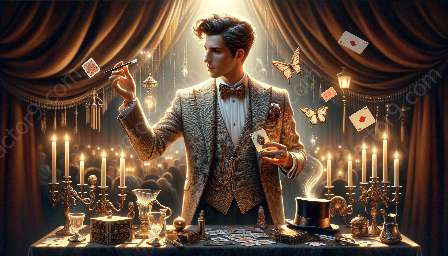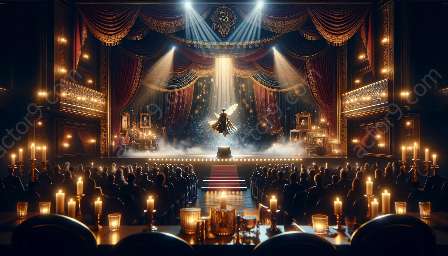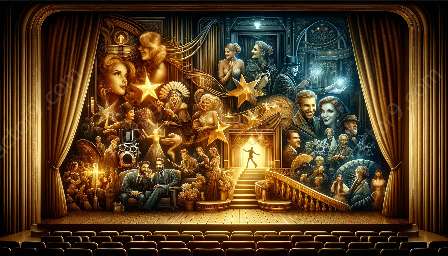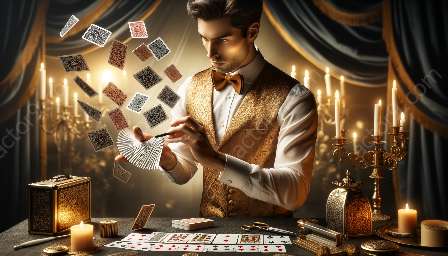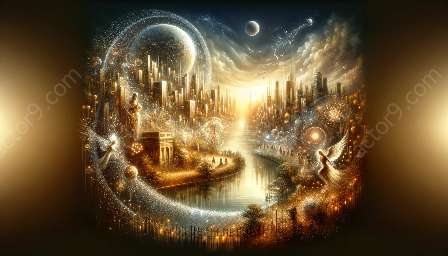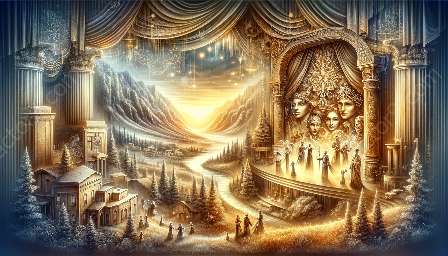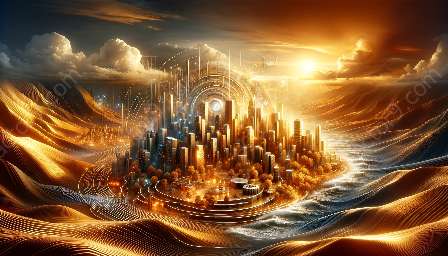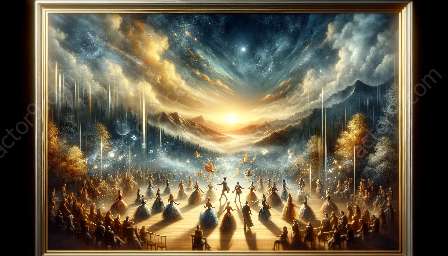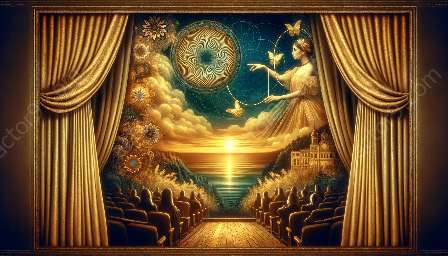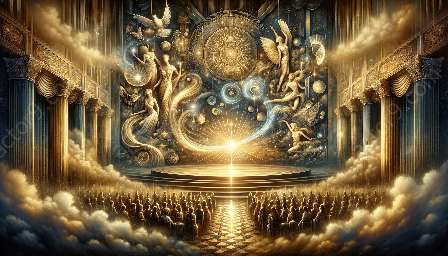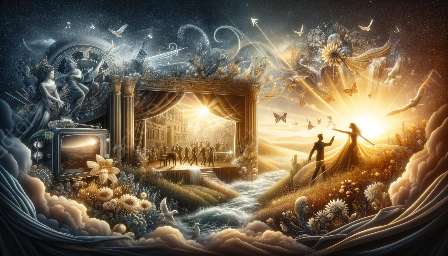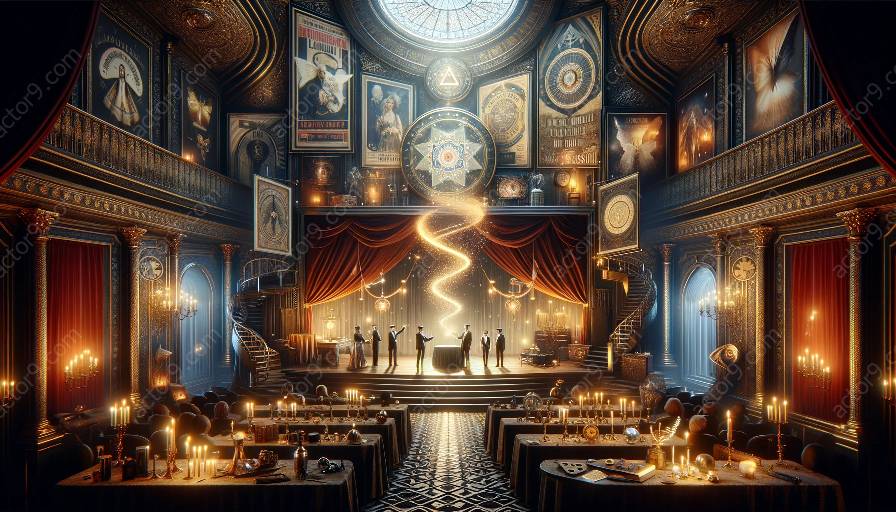Early theatrical performances were deeply influenced by the captivating arts of magic and illusion, shaping the development of entertainment and storytelling throughout history. This topic cluster delves into the intersection of magic, illusion, and theater, and explores the intriguing history and impact of these captivating forms of entertainment.
History of Magic and Illusion
Magic and illusion have a rich and enchanting history that dates back centuries. Ancient civilizations such as the Egyptians and Greeks were known for their use of sleight of hand, optical illusions, and mystical performances. Magic and illusion were intertwined with religious rituals, folklore, and entertainment, captivating audiences with their mysterious and mesmerizing acts.
During the Middle Ages, magic and illusion took on a more mystical and often controversial role, with practitioners being viewed as sorcerers and witches. Nevertheless, the allure of magic persisted, leading to the rise of renowned figures like Merlin and the legends of alchemy and enchantment.
As the Renaissance swept through Europe, the art of magic and illusion underwent a renaissance of its own, with the development of new techniques, apparatus, and performances. Magicians and illusionists gained prominence in royal courts and theaters, further solidifying the enduring appeal of their craft.
By the 19th and 20th centuries, the golden age of magic reached its zenith, with vaudeville shows, grand illusions, and the rise of iconic magicians such as Harry Houdini and Harry Blackstone captivating audiences around the world.
Magic and Illusion
The art of magic and illusion revolves around captivating an audience through seemingly impossible feats and mysterious performances. From classic sleight of hand to elaborate stage illusions, the world of magic encompasses a wide array of techniques and styles.
Illusion, on the other hand, focuses on creating perceptual phenomena that defy logic and challenge the viewer's understanding of reality. Optical illusions, visual trickery, and mind-bending spectacles are all part of the enchanting realm of illusion.
Both magic and illusion share the common goal of sparking wonder, awe, and disbelief, creating an immersive experience that transcends the boundaries of normal perception.
The Influence on Early Theatrical Performances
The impact of magic and illusion on early theatrical performances cannot be overstated. From the ancient amphitheaters of Greece to the Elizabethan stages of Shakespearean England, magic and illusion played a pivotal role in shaping the spectacle and storytelling of theatrical productions.
Magical elements were seamlessly woven into the fabric of dramatic narratives, adding an air of mystery, wonder, and enchantment to the performances. Illusionists and magicians often collaborated with playwrights and actors, creating elaborate effects and fantastical scenes that captured the imagination of audiences.
The use of trapdoors, hidden compartments, and optical illusions allowed for seamless transformations and breathtaking visual effects, bringing to life the otherworldly and supernatural aspects of storytelling.
Furthermore, the influence of magic and illusion extended beyond the technical aspects of theater, shaping the thematic and symbolic elements of dramatic works. Themes of transformation, deception, and the unknowable permeated early theatrical performances, echoing the mystique and allure of magic and illusion.
As theatrical productions evolved, the legacy of magic and illusion continued to resonate, inspiring future generations of stagecraft and theatrical innovation.


